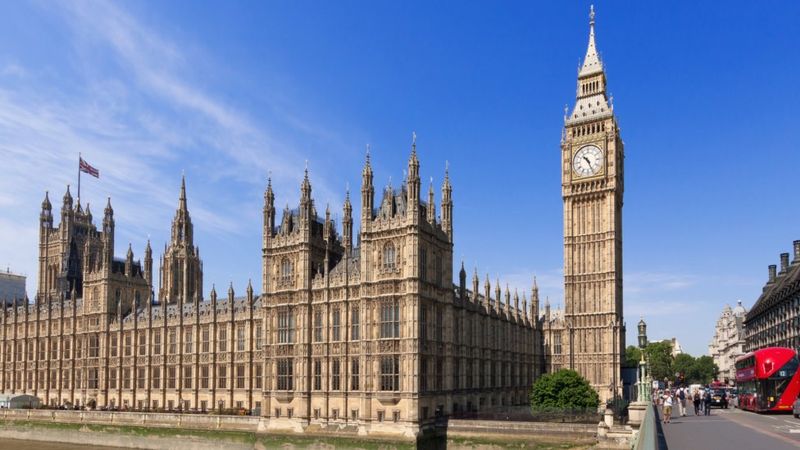
Government has played a more central role than ever before in the lives of citizens this year. Through lockdown restrictions, furlough or even Eat Out to Help Out, new measures have meant people have come into close contact with the state in so many aspects of their lives. Yet citizens will continue to expect public services to deliver more and better for less, as we (hopefully) head towards the latter stages of the pandemic and into the future. But with the economic headwinds bearing down on public finances how can this happen?
Innovation in the delivery of public services has been clearly on display throughout this crisis. New partnerships between the public sector, voluntary sector and business have led to novel, more efficient and more effective ways of working to provide critical services at this unprecedented time. However, this creativity must not be just a temporary outbreak if public services are to weather the forthcoming economic storm.
Unprecedented if not unexpected figures littered today’s UK Government Spending Review. Borrowing is forecast to hit £394bn in 2020, equivalent to 19% of GDP and, according to the Chancellor, the highest level of borrowing in the UK’s peacetime history.
Unsurprisingly the response to the Coronavirus crisis is to blame for the huge hikes in public debt. £280bn has been spent this year by the UK in response to the Coronavirus. A further £55bn is budgeted for its pandemic response in 2021.
This historic high in government borrowing is matched by an equally monumental contraction in economic growth. An 11.3% drop in GDP is the largest fall in 300 years and the second most severe in Europe.
And the bad news keeps on coming, with unemployment predicted hit a peak of 7.5% - 2.6 million people – by the second quarter of 2021.
Although vaccines offer hope of an opening up of society in the short-to-medium-term, the long-term health of the economy and public finances will be “scarred”, to use the Chancellor’s own words. Debt is predicted to hit 97.5% of GDP in 2025-26 and the economy will be around 3% smaller than expected by 2025.
That said, despite borrowing spiralling upwards, interest rates remain extremely low, and a return to economic growth through the easing of restrictions next year gives the Chancellor a chance of sticking to his promise of “no-return to austerity”. Albeit, some will say today’s announcement of a partial public pay freeze is the thin end of the wedge.
A new ‘Restart’ scheme to assist people facing long-term unemployment and a new £4billion levelling up fund were the highlights of a speech that was understandably light on new public service policy announcements at a time of crisis.
This Spending Review’s one-year scope means many of the difficult decisions about how the Government will balance the books have been delayed. Tax changes and more dramatic variations to spending plans will be outlined in the 2021 March Budget. It is undeniable, however, that sustainable public finances will see efficiency become a watchword. But with the need and expectation so high for public services, this surely cannot mean a return to the cuts of the post-financial crisis, which defined the UK economy for much of the last decade.
The truth is, the choice between massive reductions in the provision of quality public services, or an economy going bust, is a false dichotomy.
If public procurement is driven by partnership and fair and open competition, value for money and innovation can continue to be delivered in public services. We have seen throughout this pandemic, what effective cooperation between the public sector, voluntary sector and business can lead to – from the delivery of the Nightingale hospitals, to the vaccines that are our route out of the crisis.
Old arguments about who delivers public services must not pull focus from the more important issue of how they are delivered and what they achieve. The ingenuity and efficiency of created by competition can add even greater value to public services that work for the consumer, as well as the wider taxpayer.
In the face of these challenges public services must be differently, more efficiently and more effectively run, instead of cutting provision.
Necessity has – as the saying goes – been the mother of invention. As we look to the long-term legacy of the pandemic, new fiscal necessities will mean new innovations. The pandemic has seen bold decisions being made, which have transformed public services. The Government must not now resile and resort to salami slicing service provision in the hope of savings being made at the edges of public finances. By embracing transformation in public service design and delivery, citizens can and will gain more, while government will need to spend less.